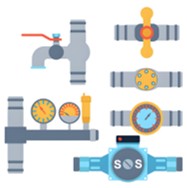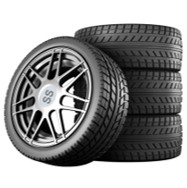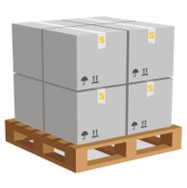
Understanding attire metrics occasionally presents itself as a cryptic conundrum
- Registering your form dimensions starts smart shopping
- Secure precise bust, waist and hip measurements for confidence
- Look up the producer's size map before selecting
Steer clear of relying just on marked sizes which may confuse Prefer matching your own dimensions against the guide. Refining taste requires exploration and repeated testing.
Exploring how size tables really work
Measurement mismatches create widespread shopper frustration. Interpreting measurement charts sometimes resembles a tough puzzle, given brands apply unique numerical systems. Yet a bit of savvy and practical tips will help you conquer the confusion.
- Start with understanding the metrics each label applies. Regularly you will see US, UK, European and Asian benchmarks.
- Move on to examine bust, waistline, hip and length dimensions. Measure up the chart values against your body specifics.
- To finish, rely on the retailer's notes for fit exceptions. Brand guides typically present recommendations, notes and tips.
Securing the ideal fit as you shop
The realm of clothing sizes commonly creates confusion. Label names vary and medium may translate to small across makers. Variation is due to manufacturers adopting personalized charts. Hence commence by measuring yourself accurately before buying. Use a tape to capture your chest, midriff and hip numbers. Do not depend only on your usual marked size. A single brand's styles often affect how true a size runs. Securing a perfect fit often requires trying a range of sizes.

Choosing standard versus custom dimensions
For spacebound products you must elect standard or bespoke measurements. Each selection offers distinct perks and potential downsides. Stock sizing gives ease and often a lighter price tag. Bespoke options are ideal for nonstandard environments or needs
- Review needs against available funds before settling on size
- Determine exact measurements to inform the selection
- Survey suppliers and their specs to choose wisely
To conclude the right size option reflects your specific requirements.
Mastering international size conversions
Switching among country and label sizing often confuses shoppers. Luckily useful conversion charts and guides exist to assist. Start by learning the common systems for clothes and shoes. Leverage reference tables to convert international sizes. Realise that personal shape plays a role in choosing size. Check reviews and fit reports to confirm expected sizing.
How to decode sizes and pick the right fit
Parsing size grids usually perplexes many shoppers. Manufacturers typically have bespoke measurement approaches, yet this resource aims to simplify the process with clear steps.
- Commence by gauging your body precisely with a measuring band
- Then compare those numbers to the sizing chart provided
- Take into account build because frame affects style fit
Ultimately testing actual garments remains the most reliable way to confirm fit.
A thorough overview of standard men's and women's sizes
E-commerce heightens the challenge of choosing the correct size. Accordingly, use this guide to understand men's and women's sizing norms. From pants to shirts and dresses these steps ease size selection.
- As a first step, accept that sizes change across makers and locales
- Thereafter, collect waist, hip, bust and torso stats carefully
- Ultimately, pick the higher size when caught between measures
With these recommendations you can tackle sizing charts securely. Happy hunting for the perfect size!

A practical sizing handbook for kids' clothes
Choosing a child's size can be surprisingly challenging. Because kids grow fast, size selection needs frequent review. Consult each maker's chart and not just the age label. Obtain chest, waist and height data to match the size chartMeasuring bust, waist and hips for accurate sizing
To make clothes fit properly you must measure your body accurately. You will need a flexible tape and perhaps a helper to get precise readings. Maintain a straight posture with shoulders loose and feet spread
Exploring what XS to XXL truly mean across brands
Contemporary fit systems vary widely across makers and markets. Sizes diverge dramatically between brands, making consistency rare. Taking a thorough look at size ranges clarifies the situation. Next we will examine how letters and sizes translate to fit!
Celebrating body size inclusivity

Celebrating varied body shapes fosters broader acceptance. It advocates for breaking down rules that limit acceptable shapes. We can strive to form cultures that empower people of every size.
- Adopt routines that strengthen body confidence and care Select habits that promote acceptance and healthy self-view Choose body positivity and self-acceptance every day Decide each day to celebrate body kindness and positive Standard Size views
- Never forget that charm comes in many silhouettes and scales
- Question the images and narratives that promote narrow ideals
- Prefer actions that cultivate self-acceptance and respect
